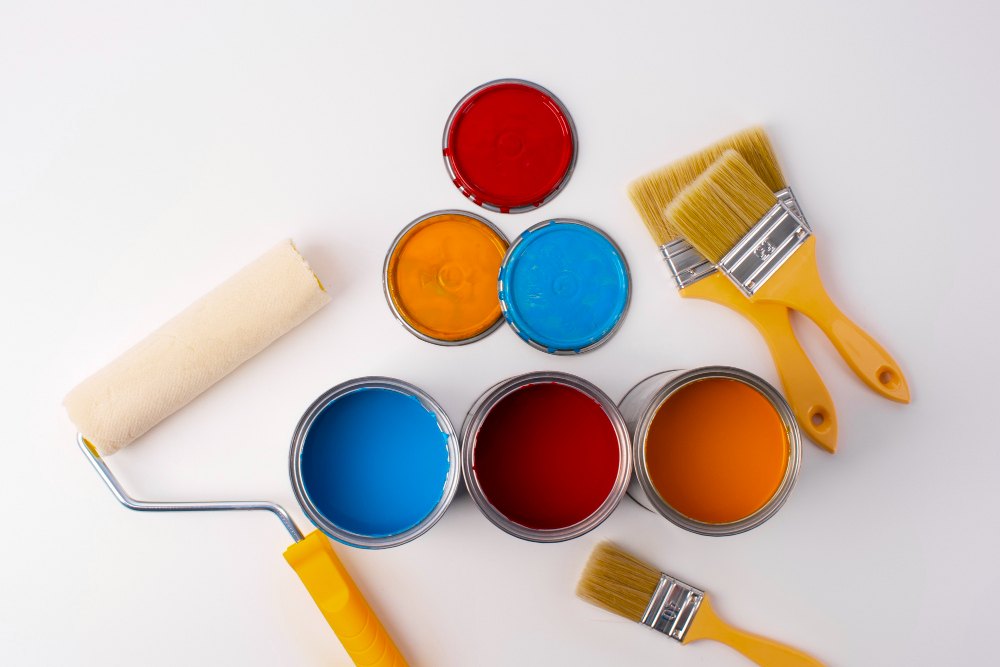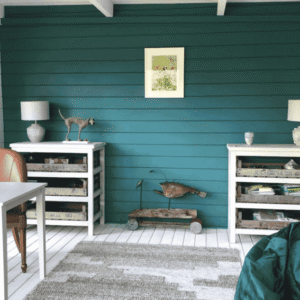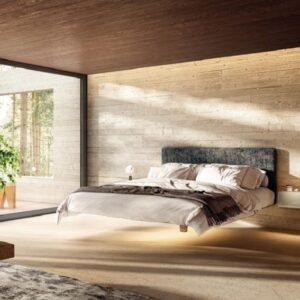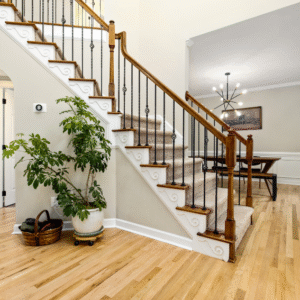Your living space looks better with interior wall paints and their key role is keeping your walls safe and maintained. The right wall paint colors can really make a living room feel happier and a bedroom more peaceful. Being aware of the nature and advantages of all types of interior wall paints help you pick the best one.

One of the first things to consider for a great home ambiance is the wall paint you choose. There are different types of interior wall paints on the market that are elegant, strong or dry quickly, so the right one matches your interior needs. The different types of wall paints are explored here, along with what makes them different and how they can be used.
Key Considerations Before Choosing Paint
You should first consider many factors that influence how your interior wall paints will look and last before you pick your choice:
- Room Usage: Durable and washable paints are better for rooms used by many people such as kitchens and hallways.
- Lighting: How light (whether sun or indoor) interacts with colors depends on the type of finish you choose.
- Surface Condition: The way a finish looks can differ, so some help mask imperfections better than others.
- Desired Aesthetic: Consider if your desire is a soft flat appearance or a reflective and shiny one.
- Maintenance Needs: Think about what upkeep the walls will require such as regular cleaning or painting.
Different Types of Interior Wall Paints
We will go through the most commonly used interior wall paints and find the right finish for your home.
Matte Paints for Muted Elegance
Using matte paints gives your walls a soft appearance. They help camouflage flaws and allow you to design something elegant. Matte paints fit well in living rooms and bedrooms because they have a low shine. This ensures a calming environment. Matte finishes on one wall can be paired with pastel colors or white wall shades to offer a subtle opulent appeal. Pick for this finish in low-traffic areas around your house. It is best to avoid the kitchens as these are not suited for frequent washing.
Pros:
- Excellent at hiding imperfections such as patches, cracks, or uneven textures.
- Provides a smooth, velvety appearance.
- Great for ceilings and low-traffic areas.
Cons:
- Not very durable; susceptible to stains and harder to clean.
- Not suitable for humid environments.
Best Use:
Bedrooms, formal living rooms, dining rooms, and ceilings.
Satin Paints for a Luxurious Charm
The appearance of satin paint is velvety smooth and feels very luxurious. It’s the right pick when you need durable paint that isn’t used every day. You can use satin for your hallway, your dining room and your children’s bedrooms. The wall paint finish catches some light, causing the walls to look new and even. Cleaning is a low-effort undertaking based on its subtle glossy finish. Satin paints offer the best of both matte and glossy paints and are quite practical.
Pros:
- Easy to clean and more durable than matte finishes.
- Provides a rich, smooth finish that reflects just enough light for a warm ambiance.
- Ideal for family homes and busy areas.
Cons:
- Application must be even; touch-ups can be noticeable.
- May reveal wall imperfections if not applied properly.
Best Use:
Living rooms, hallways, kids’ bedrooms, and kitchens.
Also Read – Beautiful Living Room Design Ideas
Gloss Paints for Durability
Gloss paints shine the most out of all the paint types. They are easy to clean and also last a long time. This makes gloss paints perfect for bathroom and kitchen areas. They’re also well-suited for doors, trim and moldings. Their waterproof property makes them stand out among most paint types. You get a fresh, contemporary look with these types of paints. White wall shades in a glossy finish can also make smaller bathroom and kitchen spaces look bigger.
Pros:
- Highly durable and resistant to moisture and stains.
- Easy to clean, making it ideal for heavy-use areas.
- Makes colors appear more vibrant due to its reflective nature.
Cons:
- Amplifies imperfections on the wall surface.
- Can feel too intense or artificial in large areas.
Best Use:
Kitchens, bathrooms, doors, trim, and furniture.
Emulsion Paints for Quick Drying
Emulsion paints are water-based. This allows them to dry quickly. You can find emulsion paints in the matte, satin and glossy finishes. They’re quick to put on and built to last. They do not cause a lot of unpleasant smell. Using emulsions provides your home walls with a lot of depth and makes them easy to choose for daily spaces.
Pros:
- Easy to apply and quick to dry.
- Low odor and eco-friendly compared to oil-based paints.
- Available in washable varieties.
Cons:
- Not as durable as oil-based options.
- May require multiple coats for rich coverage.
Best Use:
General-purpose indoor walls, especially in living rooms and bedrooms.
Oil-Based Paints for Long-Lasting Shine
The result produced with oil paints appears solid and shiny. They should be used in spots where more security is required. It covers wood as well as metal surfaces too. They protect your interior for a long period and don’t easily get stained. Applying oil-based paint is slower and it smells much stronger than with other kinds. They’re handy whenever you wish to have jewelry that keeps its shine and lasts.
Pros:
- Extremely durable and resistant to wear and tear.
- Produces a smooth, hard finish ideal for high-contact surfaces.
Cons:
- Takes longer to dry and emits strong fumes.
- Requires mineral spirits for cleanup.
Best Use:
Trim, doors, baseboards, and furniture.
Enamel Paints for Reliable Paintwork
They are both tough and easy to look after since they require little cleaning. They have a long-life span. Put non-slip mats in the portions of the home where people move frequently such as kitchens and bathrooms. They suit staircases very well. They look glossy and sturdy, so the shiny effects can be enjoyed for many years. Enamel is highly reliable which is worth the extra cost.
Pros:
- High resistance to water, stains, and mildew.
- Very long-lasting and easy to clean.
- Gives a polished and professional look.
Cons:
- Strong odor and longer drying times.
- Might yellow over time, especially in darker areas.
Best Use:
Bathrooms, kitchens, metal fixtures, and window trims.
Selecting the Right Wall Paint Color & Finish
Choosing the right color and finish can be quite confusing. The following suggestions will make it simple:
- Test your paint in natural light because the color changes depending on the lighting. Be sure to have one-on-one patch testing.
- Match the colors in your wall paint to those used in your furniture and décor.
- You can’t go wrong with neutral colors and white wall shades.
Tips for Application and Maintenance
Selecting the proper paint is only a first step. The finish will stay in good condition for a long time if applied and cared for correctly.
- Surface Prep: Prepare the walls by cleaning and applying primer to improve the way paint sticks.
- Proper Tools: Make sure you pick the appropriate brush or roller for the finishes you have picked.
- Apply in Layers: Most of the time, it’s preferable to do two thin layers instead of one thick one.
- Dry Time: Leave each coat to dry completely before applying the next one or smudging may occur.
- Ventilation: Ensure proper airflow to dissipate fumes, especially with oil-based paints.
- Regular Cleaning: Clean regularly with mild soap and water for things that are washable and do not overly scrub matte surfaces.
Conclusion
Choosing a type of wall paint isn’t only about selecting a color; you should also choose a finish that matches your way of life, how each room is used and your sense of style. People’s choice between matte and enamel finishes depends on the advantages offered by each finish.
Recognizing the characteristics, advantages and best uses of various interior wall paints will help your home look nice, cozy and stand the test of time. Selecting the right paint and properly looking after your walls will keep inspiring you for many years.






